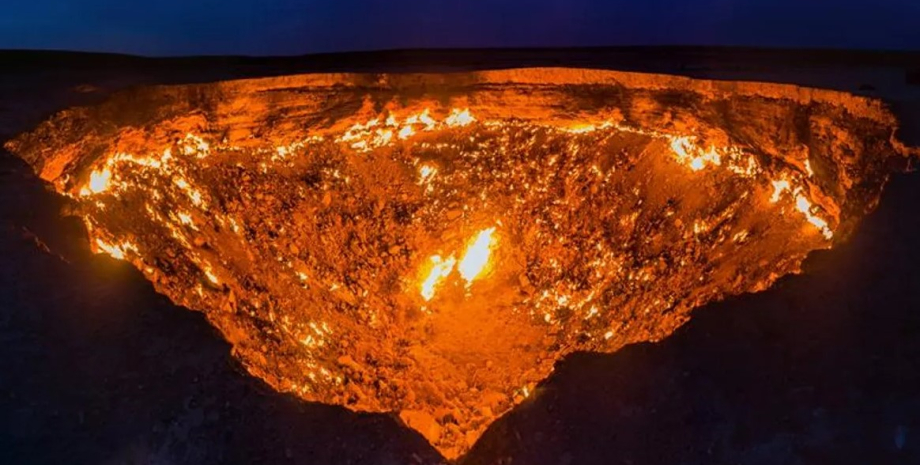
 By Victor Duda
By Victor Duda
Some of them were really considered a real "door to the underworld", while others got their name because of amazing geology, volcanic activity, inaccessibility or other features, IFLSCIENCE writes. Researchers have called some of the most popular and most unfortunate "gates of hell" on Earth. In focus. Technology has appeared its Telegram channel.
Subscribe not to miss the latest and most intrusive news from the world of science! These "gates of hell" are located in Pamukkala in southwest of Turkey. Researchers say that this place is an example of Plutonion - a religious temple dedicated to the Chinese god Pluto. In 2013, the place was again discovered and excavated, although hints of its existence were found in various historical sources. Initially, the temple was built with the gate and the surrounding arena leading into the cave.
For a long time the cave was closed for visit - only priests were allowed to enter. However, people were allowed to sit on the sublime seats, watching the priests holding ceremonies. Recent studies have shown that the cave is filled with gases that come out of the crack. Scientists have also found what a volcanic carbon dioxide is - its concentration varies depending on how close a person is to the entrance and earth.
In the National Park of the Hell, located in the county of Nazur in Kenya (Africa). The National Park is located between the lake and the volcanoes of Longonotes and Susov, and the entire national park is famous for its landscapes, various wildlife and known throughout the world, the gates of hell-the gorge of Ol-Jurova passing through the center of the park.
Researchers have found that the gorge was formed as a result of volcanic processes and tectonic activity that have formed the region for millions of years. Subsequently, water erosion cut the gorge, but the researchers still do not understand how its name appeared. It is assumed that the name "gate of hell" is associated with intensive geothermal activity in the region.
By the way, the gorges still have geysers and hot springs that throw hot volcanic water that flows a huge duct, nourishing a vegetation capable of surviving at high temperatures. These "gates of hell" are relatively young and man -made. More than fifty years ago, Soviet scientists were looking for oil deposits in the Karakum desert in Turkmenistan. The team suggested that she had come across a liquid gold deposit, but in fact it was something more unstable - a pocket of natural gas.
As a result, the rigging station installed for oil production collapsed, resulting in a giant hole of diameters more than 70 meters and just over 20 meters deep. Later, this place was called Crater Darvaz. The formation of the crater led to a cascade of events, which resulted in other landscapes. Researchers found that they all secreted methane, which was considered dangerous to the surrounding wildlife and the population.
Further, scientists, in a mistaken attempt to save the environment, set fire to gas, waiting for it to burn quickly, but it did not happen. As a result, the flames are burning here to this day. Crater Batpayka in the Far East is another example of the Gate of Hell. Like the Crater Darvaza, this relief is relatively new compared to other gates of hell on the planet.
In the 1960s, scientists for the first time reported that they called "Megaspad" when the abundant deforestation in the Republic of Sakh, Russia, violated the eternal frostbite of the Earth. It weakened her to such an extent that she collapsed. The locals called the gateway to hell, and it is clear why: Batpayka's crater reaches about a kilometer long and about 100 meters deep.










All rights reserved IN-Ukraine.info - 2022